Biodegradable Packaging Revolutionizes Eco-Friendly Solutions
-
By: Caroline Ray
-
January 13, 2025
Are we truly making strides in protecting our planet, or are we merely scratching the surface with our efforts? Biodegradable packaging is more than just a trend—it’s a significant leap toward sustainable solutions that aim to transform conventional practices. As consumers and businesses alike search for ways to lessen their environmental impact, biodegradable packaging presents a compelling opportunity. This post dives into an examination of eco-friendly packaging, exploring its key advantages, popular materials, industry challenges, and the innovations guiding its future. Discover how this sustainable approach can advance both environmental health and brand success.
Biodegradable Packaging
Biodegradable packaging is crafted from materials that naturally decompose through microbial action. This process significantly reduces the accumulation of waste in landfills, thereby promoting environmental health. By breaking down into natural elements over time, biodegradable packaging offers a sustainable packaging option that aligns with eco-friendly practices. Its ability to decompose without leaving harmful residues makes it an attractive choice for environmentally conscious businesses and consumers.
Biodegradable and compostable are terms often used interchangeably, but they are not synonymous. Biodegradable materials naturally break down through biological processes, while compostable materials require specific conditions, such as controlled temperature and humidity, to decompose effectively. Understanding these differences is crucial for selecting the right type of packaging. Examples of biodegradable materials include:
- Cardboard
- Paper
- Bio-based polymers
- Cornstarch
- Mushroom mycelium
The importance of biodegradable packaging extends beyond waste reduction. It plays a vital role in minimizing the carbon footprint associated with packaging production and disposal. By opting for biodegradable options, businesses contribute to a healthier environment, aligning with global sustainability goals and reducing reliance on fossil fuel-derived materials. This shift not only meets consumer demand for sustainable products but also supports long-term ecological balance.
Popular Materials Used in Biodegradable Packaging

Selecting the right materials is crucial for the effectiveness and sustainability of biodegradable packaging. The choice of material impacts the packaging’s environmental footprint, its decomposition rate, and its ability to protect and preserve the contents. As businesses seek to align their packaging strategies with eco-friendly practices, understanding the properties and benefits of different biodegradable materials becomes essential. These materials offer viable alternatives to traditional packaging, reducing reliance on fossil fuels and minimizing waste.
Biodegradable packing peanuts offer a sustainable alternative to polystyrene, dissolving in water without leaving harmful residues. Corrugated bubble wrap replaces traditional plastic bubble wrap, providing cushioning for delicate items while being recyclable and compostable. Recycled cardboard remains a staple for its durability and reusability, ideal for shipping a wide range of products. Bio-plastics, such as Polylactic Acid (PLA), derived from renewable resources like corn starch and sugarcane, provide sturdy packaging options and are compostable in industrial facilities. Starch-based bioplastics, made from corn, potatoes, and tapioca, are suitable for both rigid and flexible packaging solutions like biodegradable bags. Cellulose-based films, sourced from plant fibers, extend the shelf life of perishable goods while being compostable and biodegradable.
The Benefits of Biodegradable Packaging
Biodegradable packaging significantly reduces environmental impact by decomposing into natural elements, thus minimizing landfill waste and pollution. The production processes involved in creating biodegradable packaging typically consume less energy and resources compared to conventional packaging methods. This not only decreases the carbon footprint but also aligns with global sustainability goals, promoting a healthier planet by mitigating the adverse effects associated with plastic waste and fossil fuel dependency.
Why do consumers prefer eco-friendly packaging? With 75% of millennials willing to pay more for products that come in sustainable packaging, the demand for eco-friendly solutions is stronger than ever. This trend highlights the growing consumer awareness and preference for responsible consumption. Biodegradable packaging meets these expectations by providing an environmentally friendly alternative that resonates with environmentally conscious consumers, thereby setting a new standard in the market.
How does biodegradable packaging affect brand image and customer loyalty? By adopting biodegradable packaging, brands position themselves as leaders in sustainability, enhancing their image and appealing to a socially responsible audience. This commitment to eco-friendly practices not only attracts new customers but also fosters loyalty among existing ones who appreciate the brand’s dedication to reducing environmental harm. As businesses increasingly prioritize sustainability, biodegradable packaging becomes a key element in building a positive brand reputation and securing long-term customer relationships.
Challenges and Considerations in Biodegradable Packaging

What are the common challenges businesses face when adopting biodegradable packaging? Transitioning to biodegradable packaging presents several challenges, including higher costs compared to conventional materials, supply chain complexities, and the need for specific composting conditions. Biodegradable materials often require more investment upfront, which can be a barrier for small to medium-sized enterprises. Additionally, the supply chain for biodegradable products may not be as robust or widespread as that for traditional packaging, leading to potential delays and availability issues. Furthermore, some biodegradable materials require industrial composting facilities to decompose fully, which may not be accessible in all regions, posing an additional logistical hurdle.
Businesses looking to switch to biodegradable packaging should consider the following:
- Supplier reliability and quality assurance
- Compliance with local environmental regulations
- Availability of composting facilities for product disposal
- Potential impact on product shelf life and integrity
How can addressing these challenges help businesses remain competitive? By overcoming these obstacles, businesses can position themselves as leaders in sustainability, appealing to a growing segment of consumers who prioritize eco-friendly practices. Addressing these challenges not only aligns with environmental goals but also enhances brand reputation and customer loyalty. As e-commerce continues to grow, the demand for sustainable packaging solutions increases. Companies that invest in biodegradable packaging now are better equipped to meet future market demands and differentiate themselves from competitors who lag in adopting sustainable practices.
Innovations and Trends in Biodegradable Packaging
The biodegradable packaging market is experiencing significant growth, driven by increasing environmental concerns and regulatory measures. In 2019, the market was valued at $4.65 billion, and it is projected to grow at a compound annual growth rate (CAGR) of 17.04%, potentially reaching $12.06 billion by 2025. This robust expansion is fueled by the rising demand for sustainable alternatives to traditional packaging, as businesses and consumers become more aware of the environmental impact of plastic pollution. The shift towards biodegradable packaging is not only a response to consumer demand but also a proactive approach to comply with evolving regulations aimed at reducing reliance on fossil fuel-derived materials.
Recent innovations in biodegradable packaging materials highlight the industry’s commitment to sustainability. Mushroom mycelium, for example, is being utilized to create custom, shock-absorbing packaging shapes that decompose naturally. This material leverages the root-like structures of fungi to provide a biodegradable solution for fragile items. Similarly, seaweed packaging, sourced from ocean-harvested seaweeds, offers an edible and dissolvable alternative to plastic wraps. These materials represent a new frontier in packaging, where functionality meets environmental responsibility. By focusing on renewable and compostable resources, these innovations not only reduce waste but also enhance the overall sustainability of packaging solutions.
Consumer Trends and Regulatory Changes
What are the consumer trends and regulatory changes driving innovations in biodegradable packaging? Increasing consumer awareness of environmental issues and a preference for eco-friendly products are major drivers. With more consumers prioritizing sustainability in their purchasing decisions, businesses are compelled to offer packaging solutions that align with these values. Regulatory changes are also playing a critical role, as many cities and regions implement bans on single-use plastics and other fossil fuel-based materials. These regulations create a favorable environment for the adoption of biodegradable packaging, encouraging companies to innovate and invest in sustainable materials.
How do these trends align with global sustainability goals? The push for biodegradable packaging supports global efforts to reduce carbon footprints and promote sustainable consumption and production patterns. By integrating biodegradable solutions into their operations, businesses contribute to the reduction of plastic waste, advancing toward a circular economy. This alignment with sustainability goals not only helps preserve natural resources but also positions companies as leaders in environmental stewardship, fostering a culture of innovation that prioritizes the health of the planet.
Finding Reliable Biodegradable Packaging Suppliers

What is the best approach to finding trustworthy biodegradable packaging suppliers? To ensure sustainable and effective solutions, businesses must thoroughly evaluate potential suppliers. Aigo Print Shop emerges as a reliable option for those in need of e-commerce packaging, known for its commitment to eco-friendly practices. When assessing suppliers, it’s essential to focus on sustainability and reliability, as these factors directly impact the environmental footprint and quality of the packaging solutions provided.
Three key tips for choosing the right supplier include:
- Evaluate Supplier Credentials: Verify certifications and affiliations with environmental organizations to ensure commitment to sustainability.
- Assess Product Quality: Request samples to examine the durability, design, and biodegradability of the materials used in packaging.
- Review Customer Feedback: Analyze customer testimonials and reviews to gauge supplier reputation and service reliability.
These steps help businesses align their packaging strategies with eco-friendly goals, ensuring they partner with suppliers who share a commitment to environmental responsibility.
Final Words
Exploring the realm of biodegradable packaging unveils its transformative impact on environmental sustainability. With materials like bioplastics and starch-based options, businesses can significantly reduce ecological footprints. This sustainable shift not only meets rising consumer demands but also bolsters brand loyalty.
Despite challenges such as cost and specific decomposition conditions, addressing these enables companies to stay competitive. Innovations and emerging trends, such as mushroom and seaweed packaging, promise a sustainable future. Partnering with reliable suppliers ensures long-term success. Embracing biodegradable packaging presents an opportunity for positive change in business and the environment.
FAQ
What is biodegradable packaging?
Biodegradable packaging is composed of materials that decompose through microbial action, decreasing landfill waste and promoting environmental health. Unlike compostable materials, biodegradable ones break down naturally without needing specific conditions.
What are some examples of biodegradable packaging?
Examples of biodegradable packaging include cardboard, paper, bioplastics, cornstarch, and mushroom packaging. These materials are known to break down effectively and reduce environmental impact.
Which companies offer biodegradable packaging solutions?
Various companies specialize in biodegradable packaging, providing solutions for different industries. It’s advisable to evaluate potential suppliers based on sustainability and reliability to ensure effective packaging solutions.
What are the benefits of biodegradable packaging?
Biodegradable packaging helps lower environmental impact, conserves resources, and enhances brand image. It appeals to eco-conscious consumers, with many willing to pay more for sustainable products, improving customer loyalty.
What is the most eco-friendly packaging option?
The most eco-friendly packaging is generally made from renewable, biodegradable materials that have minimal environmental impact during production and disposal, like recycled cardboard or plant-based bioplastics.
What potential problems might arise with biodegradable packaging?
Biodegradable packaging can face challenges like higher costs, supply chain complexities, and the need for specific composting conditions to decompose properly. Addressing these can enhance market competitiveness.
Which materials are entirely biodegradable?
Materials like cardboard, paper, and certain bio-polymers are 100% biodegradable. They naturally decompose without leaving harmful residues, thus aligning with sustainable practices.
How long does it take for biodegradable packaging to decompose?
The decomposition time for biodegradable packaging varies widely based on material and environmental conditions. Some materials may take weeks, while others require months or longer for complete breakdown.

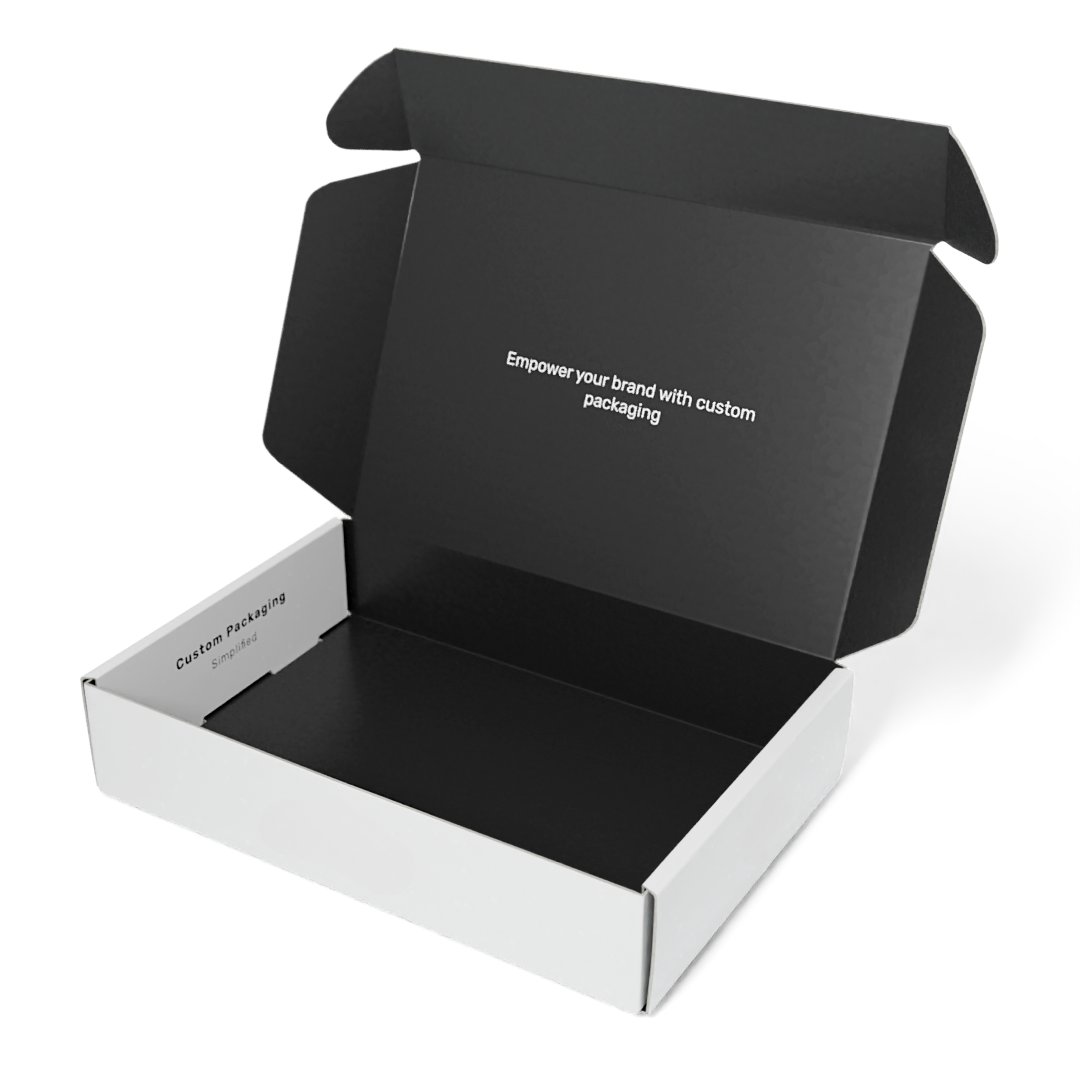
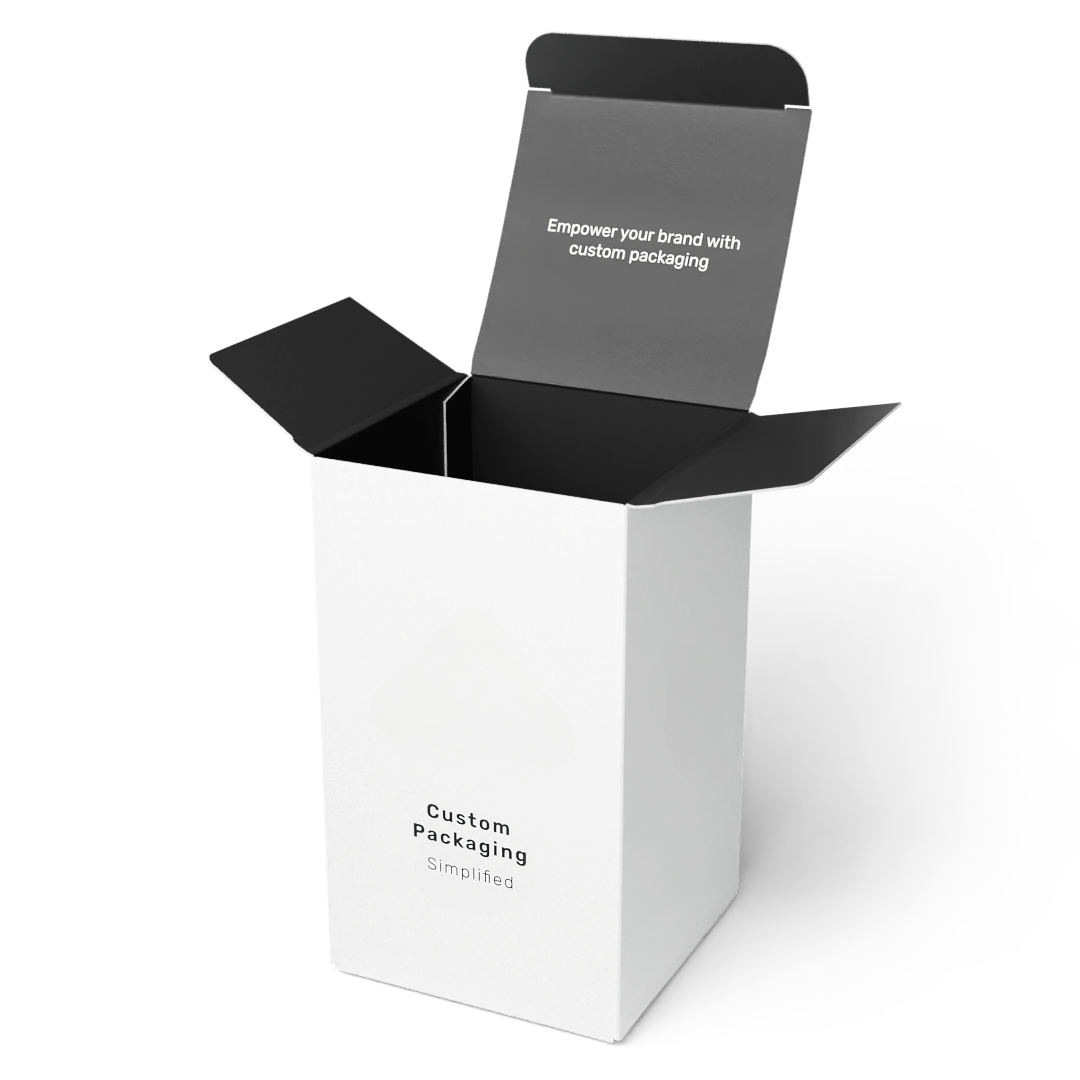
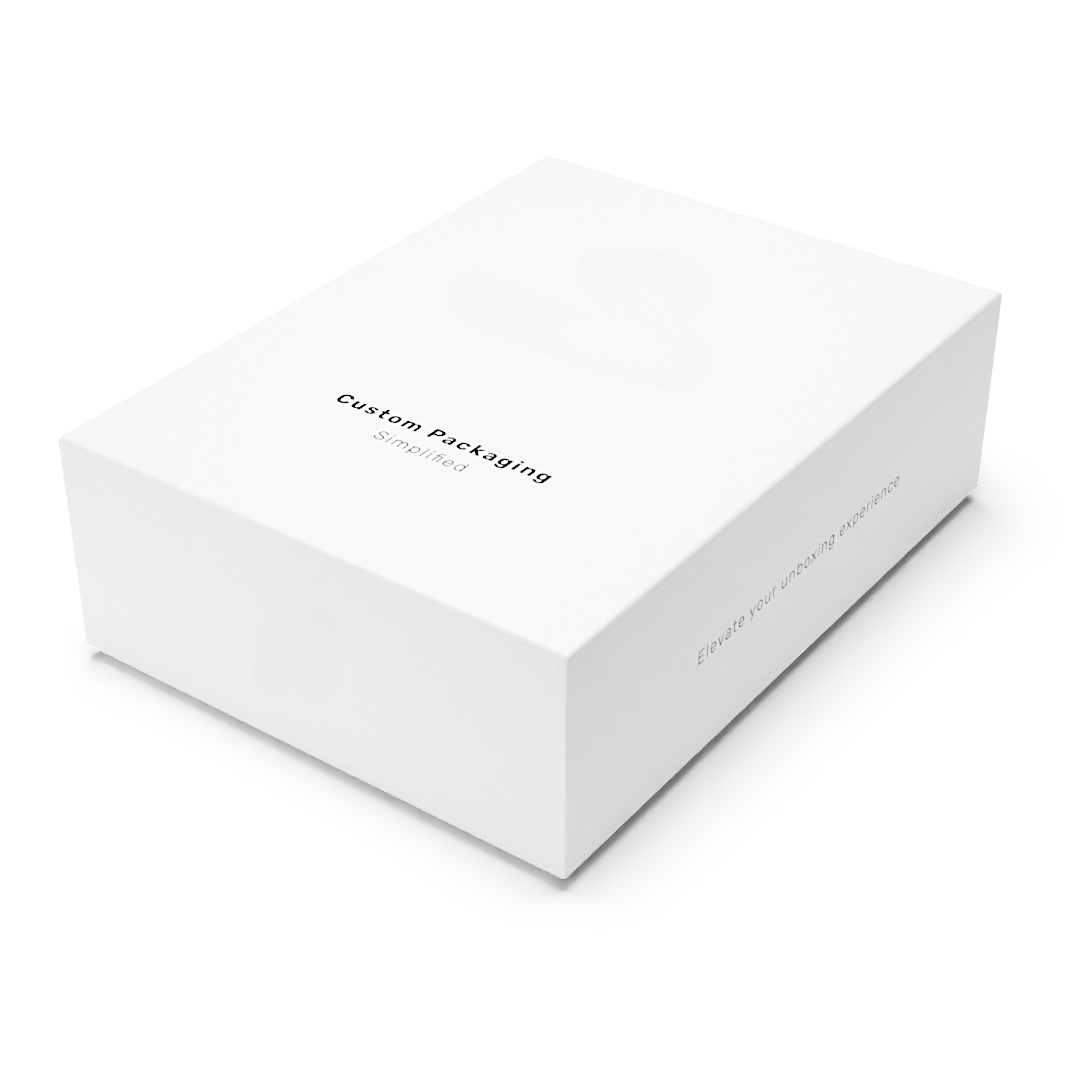
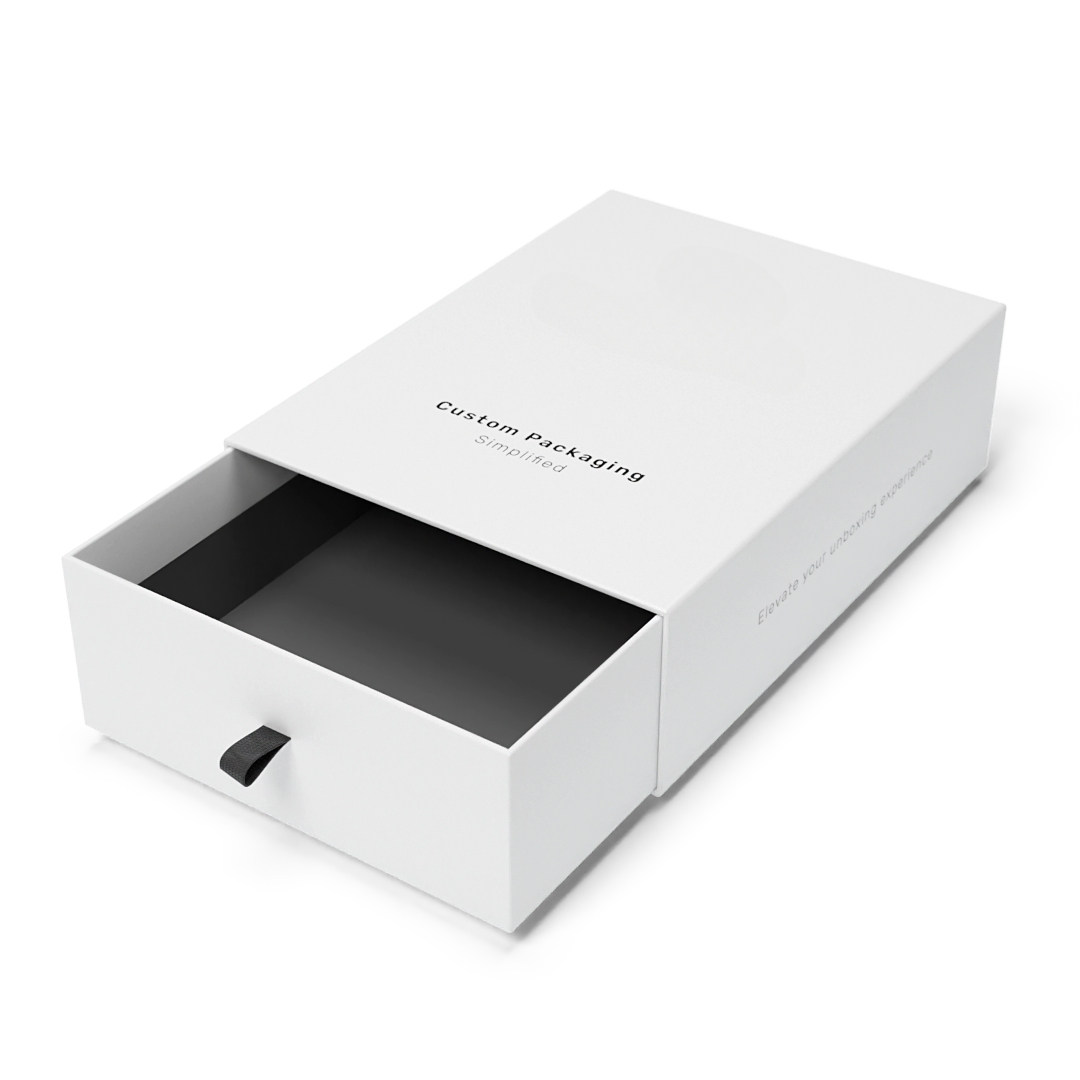
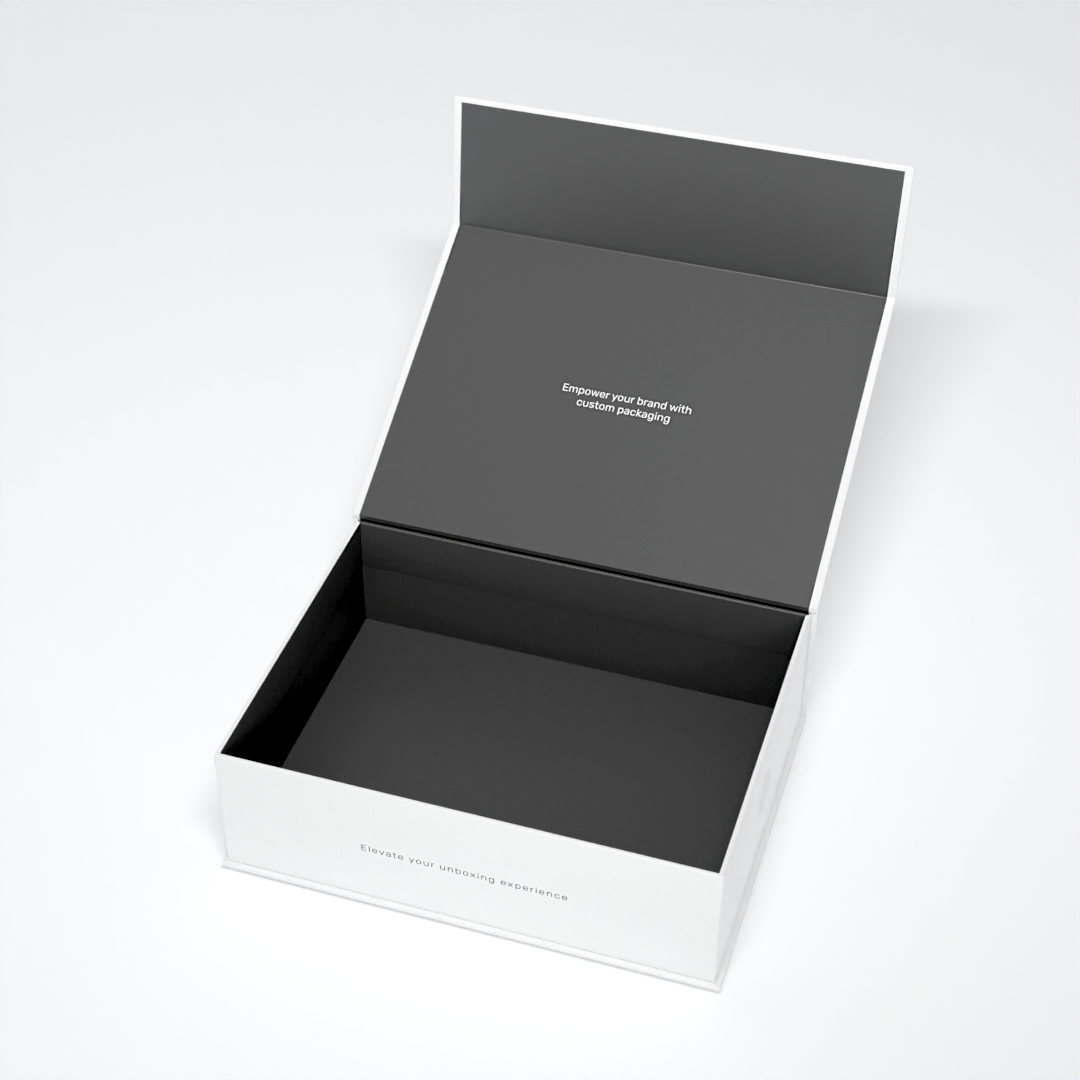



Leave a comment